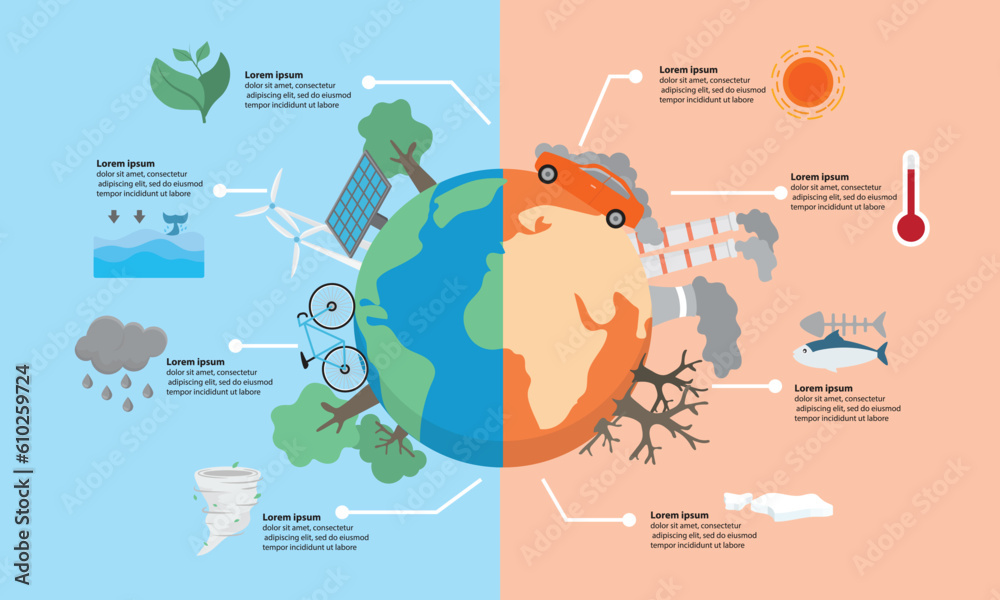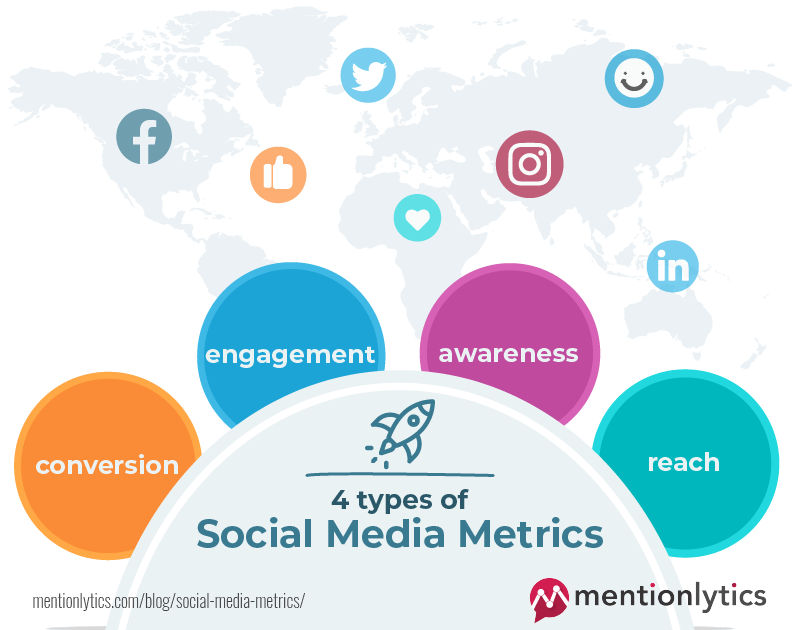Transforming Adobe Infographics into Dynamic Visual Stories with Modern AI Tools
The Evolution from Static to Dynamic
I've witnessed firsthand the dramatic shift from traditional Adobe infographic creation to AI-powered visual storytelling. As someone who's spent countless hours navigating complex design software, I understand the core challenge we all face: turning complex data and abstract concepts into instantly understandable visuals. Today, I'm excited to share how PageOn.ai's revolutionary "Turn Fuzzy Thought into Clear Visuals" philosophy is transforming the traditional Adobe workflow, taking us from static templates to dynamic, conversation-driven creation.
Breaking Down Adobe's Infographic Ecosystem
I've spent years navigating Adobe's multi-tool approach to infographic creation, and I can tell you it's both powerful and overwhelming. Adobe offers a fragmented ecosystem spanning Express, Illustrator, and extensive template libraries. According to Adobe's own documentation, their platform provides over 15,760 infographic templates across various tools, each requiring different skill levels and software subscriptions.

The learning curve I've encountered – and seen countless others struggle with – is steep. From my experience training teams, mastering Adobe Illustrator for professional infographics typically requires 3-6 months of dedicated practice. Adobe Express simplifies things somewhat, but you're still locked into template-based thinking. The real challenge emerges when you need to create something unique: suddenly, you're juggling between video infographics in Premiere, static designs in Illustrator, and interactive elements that require After Effects.
Key Pain Points I've Identified
- Software complexity requiring extensive training
- Time investment: 4-8 hours for a single custom infographic
- Creative limitations within template structures
- Costly subscriptions across multiple Adobe products
The AI-Powered Alternative: Vibe Creation in Action
From Templates to Conversations
Here's where things get exciting. Instead of scrolling through Adobe's 15,760+ templates, imagine simply describing what you want. I've transformed my workflow from hours of clicking through menus to having natural conversations about my vision. When I need to create interactive infographics, I no longer open multiple software applications – I simply describe my intent.
Workflow Transformation
Below is how the creative process has evolved:
flowchart LR
A[Fuzzy Idea] --> B{Traditional Adobe}
A --> C{AI-Powered}
B --> D[Search Templates]
D --> E[Customize Layers]
E --> F[Export/Iterate]
F --> G[Final Design]
C --> H[Describe Vision]
H --> I[AI Generates]
I --> J[Refine via Chat]
J --> G
style A fill:#FF8000
style G fill:#66BB6A
style C fill:#42A5F5
Building Infographics Like LEGOs with AI Blocks
I've discovered that the most profound shift is moving from Adobe's layer-based editing to modular AI block construction. Think of it as building with intelligent LEGOs – each block understands its purpose and automatically connects with others. When applying infographic design principles, I no longer worry about alignment guides or color theory; the AI handles these fundamentals while I focus on the message.
Adobe Approach
- • Manual layer management
- • Complex masking techniques
- • Time-consuming adjustments
- • Technical skill required
AI Block Approach
- • Drag-and-drop simplicity
- • Intelligent auto-arrangement
- • Instant style application
- • No technical barriers
Revolutionizing Data Visualization Workflows
Deep Search Integration vs Manual Asset Hunting
I used to spend hours searching through Adobe Stock's 4.8 million results, manually evaluating each asset for relevance. Now, with AI-powered deep search integration, relevant charts, graphs, and visual elements appear instantly based on my content context. Creating infographic data visualizations has transformed from a treasure hunt into an intelligent conversation.
Time Savings Comparison
Average time spent on different workflow stages:
The Agentic Advantage: Plan, Search, Act
What truly amazes me is how AI agents transform intent into polished visual reality. Unlike Adobe's manual workflow where I must conceptualize, design, refine, and export each element individually, the AI agent handles this entire pipeline. It automatically optimizes for different platforms using infographic formatting best practices, ensuring my content looks perfect whether it's on Instagram, LinkedIn, or in a presentation.
The AI Agent Process
- Plan: Understands your intent and structures the approach
- Search: Finds relevant data, assets, and references automatically
- Act: Creates the infographic while maintaining design consistency
- Adapt: Instantly adjusts for platform-specific requirements
Practical Applications: Adobe Use Cases Reimagined
Business and Marketing Infographics
I've transformed how I approach business infographics entirely. Where Adobe's business templates are static snapshots, PageOn.ai creates dynamic, data-driven narratives that update in real-time. When I need to create stunning infographics for quarterly reports, I simply describe the data story I want to tell, and the AI generates multiple variations instantly.

The real game-changer? Voice-commanded creation. I can literally speak my marketing campaign ideas and watch them transform into professional infographics. Process flows, comparison charts, and timeline visualizations that once took days now materialize in minutes.
Educational and Historical Content
As someone who frequently creates educational materials, I've found the transformation particularly striking here. Adobe's educational templates – while extensive – require significant customization for each use case. With AI-powered tools, complex topics become instantly visual through conversation. I've helped educators without any Adobe training create professional-quality historical timelines and scientific process diagrams simply by describing what they need to teach.
Timeline Creation
Historical events organized automatically
Process Diagrams
Scientific concepts visualized instantly
Data Stories
Statistics transformed into narratives
The Technical Revolution: Beyond Traditional Design Tools
Eliminating Software Barriers
I've calculated the true cost of Adobe's ecosystem, and it's staggering. Between Creative Cloud subscriptions, training time, and lost productivity during the learning phase, organizations typically invest $15,000-20,000 per designer annually. Compare this with browser-based AI creation where anyone can start producing professional infographics immediately, with no software installation or specialized hardware required.
Cost Comparison Analysis
Annual investment per user for professional infographic creation:
Speed and Iteration Advantages
The revision process tells the whole story. In Adobe, making client-requested changes means reopening files, adjusting layers, re-exporting, and often starting from scratch if the changes are significant. With AI tools, I simply describe the changes in natural language. "Make it more corporate," "Add more data visualization," or "Change the color scheme to match our brand" – these commands execute instantly.
Real-World Speed Improvements
- Initial concept to first draft: 10 minutes vs 2 hours
- Major style changes: 30 seconds vs 45 minutes
- Platform-specific versions: 2 minutes vs 1 hour
- Complete project turnaround: 1 hour vs 8 hours
Case Studies: From Adobe Workflows to AI Excellence
Corporate Communications Transformation
I recently worked with a Fortune 500 company struggling with their quarterly reporting visuals. Their design team spent 3-4 days creating infographics in Adobe Illustrator for each report. We transformed their process using AI-powered creation:
Before (Adobe Workflow)
- • Multi-day process per report
- • 2 designers required
- • 15+ revision cycles
- • $8,000 cost per quarter
After (AI Workflow)
- • Under 1 hour per report
- • Any team member can create
- • 2-3 revision cycles
- • $500 cost per quarter
The metrics speak for themselves: 85% time reduction, 3x output increase, and most importantly, the integration of Deep Search meant automatic data visualization that actually reflected real-time business metrics.
Social Media Content Revolution
A digital marketing agency I consulted for was using Adobe Express templates for client social media content. They were producing 20-30 infographics monthly, each requiring manual customization. After implementing AI-generated, platform-optimized infographics via conversation, their results were transformative:

Future-Proofing Your Visual Communication Strategy
The Convergence of Creation and Intelligence
I'm witnessing a fundamental shift from tool-based to intent-based design. The future isn't about mastering software; it's about articulating vision. AI democratizes professional infographic creation in ways we're only beginning to understand. Real-time data integration, predictive design suggestions, and automatic optimization are just the beginning.
Evolution of Design Paradigms
The transformation journey from manual to intelligent design:
flowchart TD
A[Manual Design Era] --> B[Template-Based Design]
B --> C[AI-Assisted Creation]
C --> D[Intent-Based Design]
D --> E[Predictive Visual Intelligence]
A --> F[High Skill Barrier]
B --> G[Moderate Accessibility]
C --> H[Democratic Creation]
D --> I[Universal Expression]
E --> J[Thought-to-Visual Reality]
style D fill:#FF8000
style E fill:#42A5F5
style J fill:#66BB6A
PageOn.ai positions itself as the bridge to this next-generation visual communication. By combining conversational AI with deep understanding of design principles, it's not just replacing Adobe tools – it's creating an entirely new paradigm where every thought can instantly become a compelling visual story.
Practical Migration Path
For teams accustomed to traditional Adobe workflows, I recommend a phased transition approach:
Start with Simple Projects
Begin with social media infographics and internal communications
Hybrid Approach
Use AI for ideation and drafts, refine in Adobe if needed
Team Training
Focus on prompt engineering rather than software skills
Full Migration
Transition complex projects as confidence builds
ROI Calculation
Based on my experience with multiple organizations:
- Time savings: 75-85% reduction in creation time
- Output increase: 3-5x more content produced
- Software costs: 90% reduction in licensing fees
- Training investment: 95% reduction in onboarding time
The New Era of Visual Storytelling
We've journeyed from Adobe's tool-centric approach to AI's intent-centric revolution. The transformation isn't just about technology – it's about democratizing visual expression. PageOn.ai embodies this shift perfectly, making complex ideas visually clear without technical barriers.
My challenge to you is simple: Start with one conversation. Create one infographic. Experience the revolution firsthand. The future of visual communication isn't about mastering complex software – it's about having a vision and watching it instantly materialize.
We're entering an era where every thought can become a compelling visual story. The question isn't whether you'll make the transition from traditional Adobe workflows to AI-powered creation – it's how quickly you'll embrace this transformation and unlock your full creative potential.
You Might Also Like
Navigating the Digital Labyrinth: Maze and Labyrinth Design Patterns for Digital Products
Discover how maze and labyrinth design patterns can transform your digital products into engaging user experiences. Learn strategic applications, implementation techniques, and ethical considerations.
The Art of Visual Hierarchy: Elevating UX Design Through Strategic Emphasis
Learn how to create powerful visual impact in UX design through strategic emphasis techniques. Discover principles of visual hierarchy that drive user behavior and boost engagement.
Crafting Intuitive Interfaces: Applying Gestalt Psychology for Enhanced User Perception
Learn how to apply Gestalt psychology principles to create more intuitive user interfaces. Discover proximity, similarity, figure/ground, and other key principles for better UX design.
Mastering Element Alignment for Professional Learning Layouts | Visual Design Guide
Learn how to create visually engaging professional learning materials through strategic element alignment techniques that enhance information retention and learner engagement.